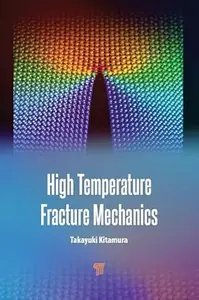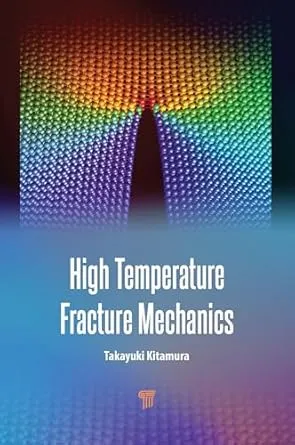High Temperature Fracture Mechanics
English | 2025 | ISBN: 9815129554 | 164 Pages | PDF EPUB (True) | 44 MB
English | 2025 | ISBN: 9815129554 | 164 Pages | PDF EPUB (True) | 44 MB
This book systematically explains the mechanics of fracture phenomena, focusing on cracking under high temperature conditions. One of the defining characteristics of high temperature fracture is creep, a phenomenon where deformation progresses over time, eventually leading to failure. Additionally, the nonlinear nature further complicates the mechanics of such fracture. The book clarifies the fundamental principles of time-dependent nonlinear fracture mechanics associated with creep. Fatigue failure due to repeated stress or strain can occur at high temperatures, akin to its manifestation at room temperature. The core challenge in high temperature strength lies in the interaction between time- and cycle-dependent failures, known as creep–fatigue interaction. The book represents the first specialized effort to comprehensively expound on this topic, drawing upon extensive systematic experimental and analytical investigations. It also explains the intricate characteristics of microstructurally small cracks and their complex mechanical properties, demonstrating the effectiveness of statistical simulation analysis as well as systematically outlining future research directions.



